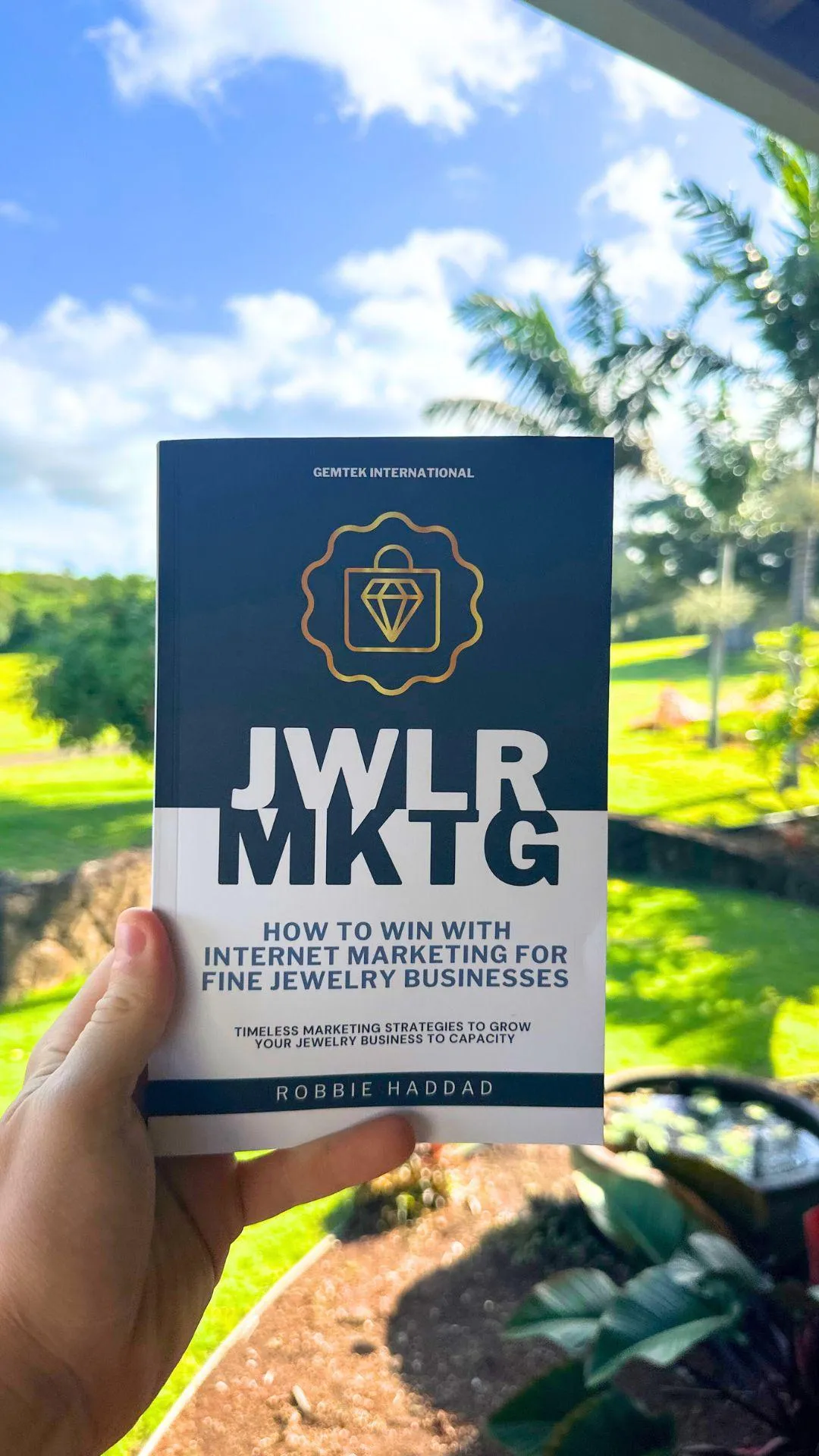
How To Run Google Ads (PPC) For Local Jewelers
When you’re setting up Google Ads for your jewelry business, it’s crucial to navigate the process efficiently to achieve your business goals. Starting with a well-structured account setup, you’ll progress through various key steps, such as customizing settings like daily budgets and conducting in-depth keyword research. These foundational stages are essential for a successful campaign. But what comes next? How do you create compelling ad campaigns, and what strategies should you employ to ensure continuous improvement? Understanding these elements will not only enhance your ads’ performance but also maximize your return on investment.
Key Takeaways for Jewelers
Begin by setting up your Google Ads account and customizing settings to align with your business goals.
Conduct thorough keyword research to identify and target high-performing keywords specific to your jewelry offerings.
Create tailored ad campaigns that focus on your target audience and utilize ad extensions to enhance visibility.
Regularly monitor ad performance and make data-driven adjustments to optimize results.
Setting Up a Google Ads Account for Your Jewelry Business
Establishing a Google Ads account is the first essential step in launching an effective online advertising campaign. Start by navigating to the Google Ads homepage and clicking on ‘Start Now.’ After signing in, you’ll follow a guided setup to enter basic information like your business name and website URL.
Next, focus on account customization. Tailoring your account settings to fit your business goals is crucial. Under the settings tab, define your geographic targeting to ensure your ads reach the right audience—whether you're focusing on local engagement rings or custom jewelry nationwide. Additionally, utilize ad extensions to include extra information like phone numbers, addresses, or additional site links. This can significantly improve your click-through rate (CTR) by providing more value to potential customers.
Budget allocation is another key aspect. Google Ads allows you to set daily budgets for each campaign. Start with a modest amount, monitor performance, and adjust as needed. Proper budget allocation ensures you’re not overspending while still getting the best return on investment (ROI).
Ad scheduling is equally important. By setting specific times and days for your ads to run, you can target peak hours when your audience is most active, such as during the weekend when couples might be shopping for engagement rings.
Conducting Keyword Research for Your Jewelry Campaigns
To ensure your Google Ads campaign reaches the right audience, the next step is to conduct thorough keyword research. This phase sets the foundation for your ad visibility and overall campaign success. Begin by identifying primary keywords relevant to your jewelry business. Use tools like Google Keyword Planner to explore search volume and competition for each term.
Competitor analysis is a strategic approach that lets you uncover keywords your competitors are targeting. By examining their ads and landing pages, you can identify gaps in your own strategy and discover high-performing keywords you might have missed. This competitive intelligence is invaluable for staying ahead in the digital landscape.
Focus on long-tail keywords, which are more specific phrases that, despite having lower search volumes, often result in higher conversion rates. For instance, instead of targeting the broad term ‘engagement rings,’ consider ‘custom vintage engagement rings in [Your City].’ Long-tail keywords attract users who are closer to making a purchase decision and can significantly lower your cost-per-click (CPC).
Utilize data from your website’s analytics to identify terms that are already driving traffic and conversions. This data-driven insight helps refine your keyword list, ensuring it’s both detailed and effective.
Creating Effective Ad Campaigns for Jewelers
When creating effective ad campaigns, begin by clearly defining your target audience to guarantee that your ads resonate with the right people and drive meaningful engagement. Identify demographics, interests, and online behaviors to tailor your ad targeting strategies. This precision ensures your marketing efforts are not wasted on uninterested users.
Next, focus on budget allocation. Determine how much you’re willing to spend daily or monthly and allocate your budget to maximize ROI. Google Ads allows you to set budget limits, ensuring you don’t overspend while still reaching your target audience. Consider using a mix of daily and total campaign budgets to maintain control over your spending.
Incorporate ad extensions to provide additional information and increase the visibility of your ads. Extensions like site links, callouts, and structured snippets can enhance your ad’s relevance and improve click-through rates. For example, highlighting special promotions like “Save $200 on Custom Engagement Rings This Month” can be particularly effective.
Ad scheduling plays an essential role in making sure your ads are seen at ideal times. Analyze your audience’s online activity to determine the best times to display your ads. Using Google Ads’ ad scheduling feature, you can target specific days and times when your audience is most active, maximizing engagement and conversions.
Monitoring and Adjusting Ads for Optimal Results
Regularly reviewing your ad performance metrics is essential for optimizing the success of your Google Ads campaigns. By consistently monitoring your ads, you can identify which strategies are working and which need adjustment. Start by examining key performance indicators (KPIs) such as click-through rates (CTR), conversion rates, and cost per click (CPC). These metrics will give you a clear picture of your campaign’s effectiveness.
Effective budget management is vital for maximizing your return on investment. Allocate your budget towards high-performing ads while minimizing spend on underperforming ones. Use Google’s automated bidding strategies, but don’t rely solely on them. Manual adjustments based on performance data can make a significant difference. Remember, an optimized budget guarantees your ads reach the right audience without overspending.
A/B testing techniques are invaluable for refining your ads. By running two variations of the same ad, you can compare their performance and identify the most effective elements. Test different headlines, descriptions, images, and calls to action. Track which version yields higher engagement and conversions, then apply those insights to future ads. Continuous A/B testing will help you stay ahead of competitors by constantly improving your ad content.
Reporting and Analytics
When it comes to reporting and analytics in your Google Ads campaigns, tracking key metrics is essential for understanding performance. Analyzing these metrics helps you identify what’s working and what’s not, allowing you to make data-driven decisions. By optimizing your ad strategies based on these insights, you can maximize ROI and improve overall campaign effectiveness.
Final Thoughts
Think of your Google Ads campaign as a finely crafted piece of jewelry. Just as a jeweler meticulously checks every detail, you need to monitor and adjust your ads to keep them performing at their best. By strategically setting up, refining keywords, and continuously optimizing based on data, you’ll ensure your ads are hitting the mark. The key to success is consistent performance and smart adjustments along the way.



